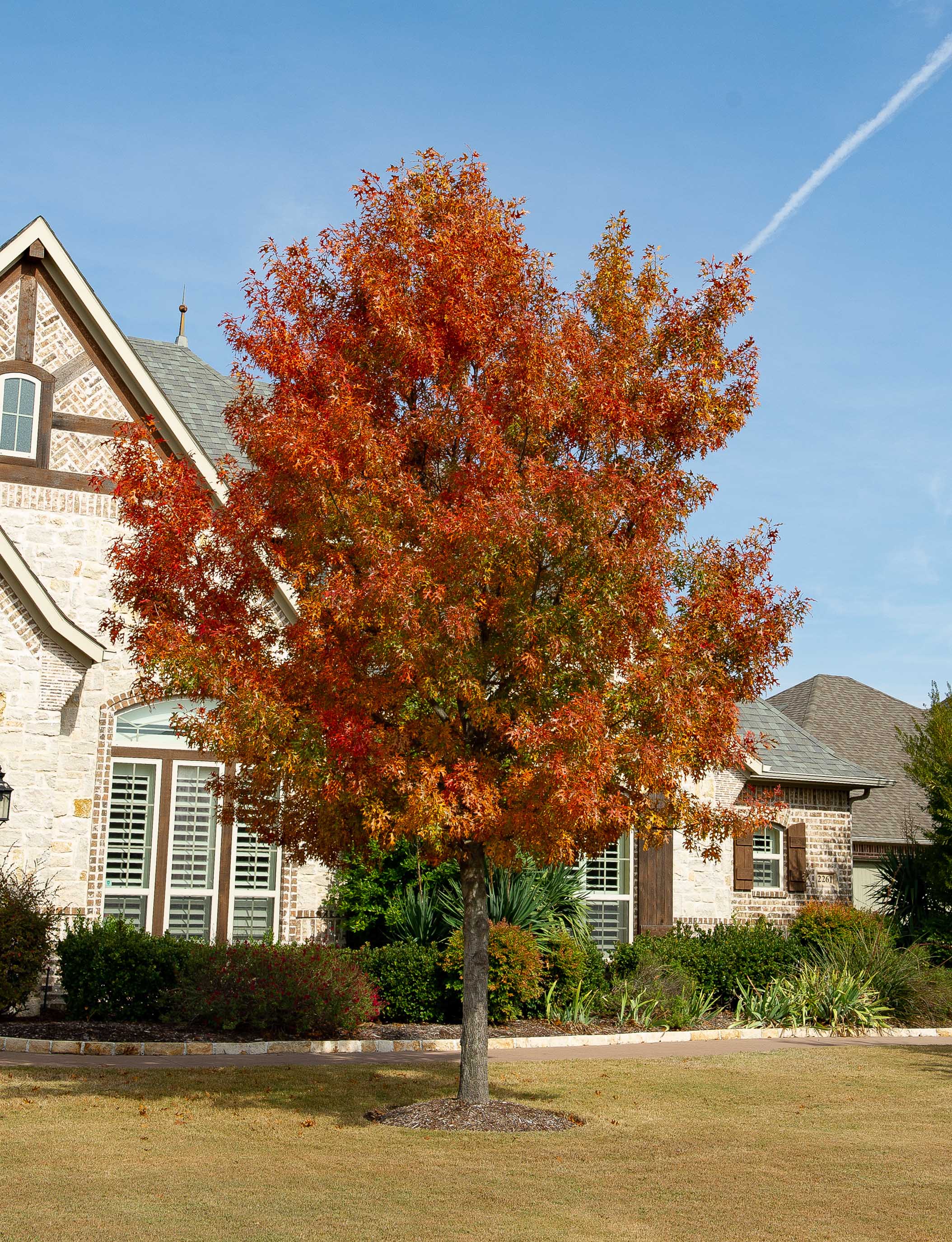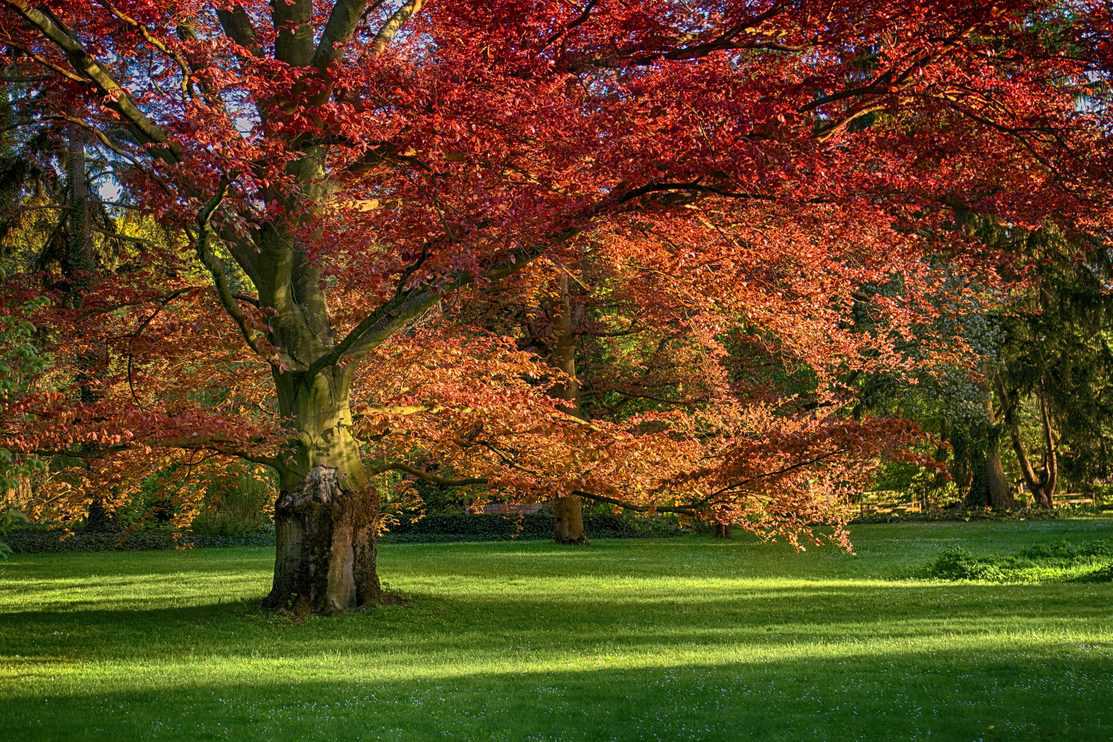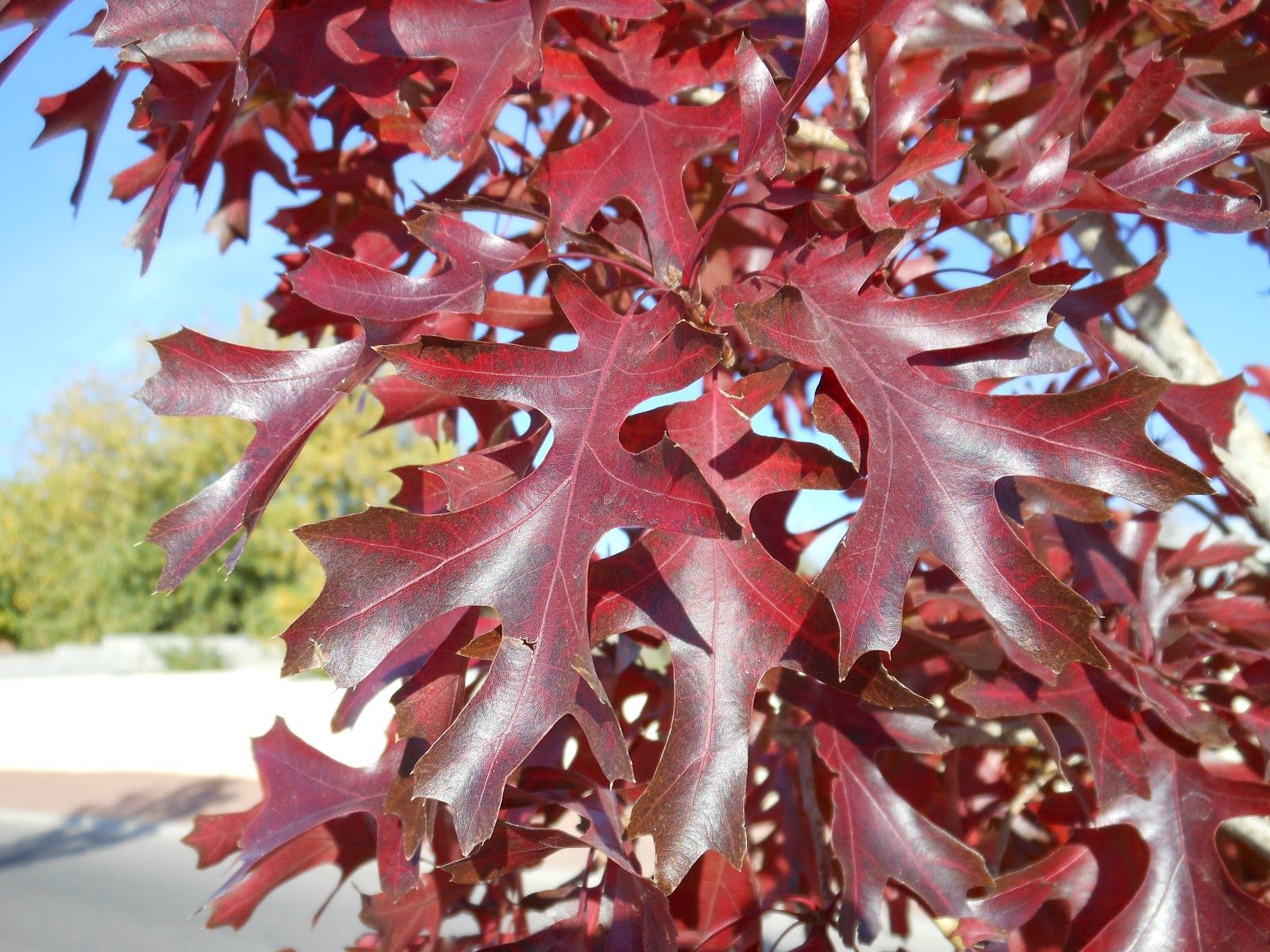Red Oak: The Majestic Giant Of North American Forests
The Red Oak tree, scientifically known as Quercus rubra, is an iconic symbol of strength and endurance in the world of forestry. This magnificent tree has a rich history, deeply intertwined with the landscapes of North America. From its vibrant fall foliage to its crucial role in supporting wildlife, the Red Oak stands as a testament to nature's enduring power and beauty.
Often considered the "King of the Eastern North American forests," the Northern Red Oak, Quercus rubra, can be found in woodlands all the way from Quebec to Georgia. Its impressive stature, rapid growth, and adaptability make it a beloved choice for large landscapes, urban environments, and a vital component of natural ecosystems. If you've ever wondered about the characteristics, benefits, and care of this remarkable tree, you've come to the right place. Let's delve into the fascinating world of the Red Oak.
Table of Contents
- Understanding the Red Oak: An American Classic
- Identifying the Red Oak: Key Characteristics
- Where Red Oaks Thrive: Native Habitat and Hardiness
- The Benefits of Growing Red Oak Trees
- Planting and Caring for Your Red Oak
- Red Oak and Wildlife: A Vital Connection
- Red Oak in Urban Landscapes
- Lumber and Other Uses of Red Oak
Understanding the Red Oak: An American Classic
The Red Oak, Quercus rubra, is more than just a tree; it's a hardy and adaptable American classic. The genus name, Quercus, is the Latin name for oak trees, while the epithet, rubra, aptly means "red," a nod to its spectacular autumn display. This tree is native to North America and is well-suited for large areas, serving admirably as both a specimen tree and a provider of expansive shade. Its robust nature allows it to thrive across a wide range of climates, making it a familiar sight across much of the continent.
When it comes to large shade trees, few can truly compare to the majestic Red Oak. It boasts a growth rate faster than most other oak varieties, often growing more than two feet each year, and sometimes even hitting up to three feet in a year's time. This rapid growth, combined with its open canopy, quickly establishes it as a dominant feature in any landscape. Mature urban trees typically reach heights of 70 to 80 feet, while their rural counterparts, unhindered by city constraints, can grow even taller, showcasing the true potential of this magnificent species.
Identifying the Red Oak: Key Characteristics
To truly appreciate the Red Oak, it's helpful to know how to identify it. Its distinct features make it relatively easy to spot once you know what to look for. Understanding these characteristics is not just for botanists; it helps homeowners and nature enthusiasts alike recognize and value this important tree.
Leaves and Fall Color
One of the most striking features of the Red Oak is its leaves, especially during the autumn season. The leaves are typically lobed, with pointed tips on each lobe, distinguishing them from the rounded lobes of white oaks. These leaves are the source of the tree's name, as they transform into a beautiful fall color palette of deep reds, russets, and sometimes even oranges and browns. This vibrant display makes the Red Oak a highly sought-after ornamental tree for its aesthetic appeal, drawing the eye in parks and large properties across its native range.
Bark and Form
The bark of the Red Oak tree also offers clues to its identity. While it can vary slightly by region, such as the Texas Red Oak tree bark which is gray to black and has deep fissures and ridges, generally, the bark on mature Red Oaks is dark gray to brownish-black, often with shallow, smooth furrows that look like ski tracks on the upper trunk. The tree develops an open canopy, allowing dappled sunlight to filter through, creating a pleasant environment beneath its expansive branches. Its overall form is stately and upright, contributing to its reputation as a grand shade tree.
Acorns and Flowers
The fruit of the Red Oak tree is the familiar acorn. Although technically a nut, the Red Oak tree is a prodigious producer, capable of yielding up to 1,000 acorns every month during peak season and an astonishing 1,000,000 over its entire lifespan. These acorns emerge green and gradually turn brown as they mature over an 18-month period. The flowers of the Red Oak are inconspicuous, appearing in spring as catkins, which are long, drooping clusters of small flowers. While not as showy as some flowering trees, these flowers are essential for the production of the valuable acorns that play a critical role in the ecosystem.
Where Red Oaks Thrive: Native Habitat and Hardiness
The Red Oak is a truly hardy tree, suitable for growing in USDA Plant Hardiness Zones 3 through 8. This wide range speaks to its adaptability and resilience across various climates. The Northern Red Oak is native to eastern North America and is found throughout the Piedmont and mountain areas of North Carolina, extending its reach all the way from Quebec to Georgia. It's a dominant species in many forest ecosystems, particularly in well-drained upland sites, but also shows remarkable tolerance for urban conditions.
In its native geographic location and habitat, the Red Oak demonstrates its versatility. There are 22 species of oaks that grow native or are naturalized in Missouri alone, and more than 30 different oak hybrids (crosses between various species) have been recorded in the state, highlighting the rich diversity within the oak family. The oaks, which are related to beech, chestnut, and chinquapin, share several distinguishing characteristics, but the Red Oak stands out for its robust growth and widespread presence.
The Benefits of Growing Red Oak Trees
Aside from their immense ornamental value, Red Oak trees provide numerous benefits to the environment and to property owners. Their stately presence and beautiful fall color make them an excellent yard tree for large properties, enhancing curb appeal and providing significant aesthetic pleasure. However, their contributions extend far beyond mere beauty.
- Exceptional Shade: As a large tree reaching 60 to 75 feet high and wide, the Red Oak is unparalleled in its ability to provide expansive shade. This is particularly valuable in urban settings, helping to cool homes and paved areas, reducing energy consumption, and mitigating the urban heat island effect.
- Wildlife Support: The Red Oak is a crucial player in the forest food web. Its prodigious acorn production makes it a superfood, especially for wildlife. It attracts a wide array of creatures, including game birds, game mammals, migrant birds, and small mammals. Everything from weevils and mice to bears relies on these nutritious acorns as a staple food source, underscoring the tree's ecological importance.
- Environmental Resilience: The Red Oak tree tolerates urban pollution and compacted soils remarkably well, making it suitable for city landscapes where many other trees struggle. This resilience contributes to healthier urban environments by filtering air, absorbing carbon dioxide, and improving soil quality.
- Long-Term Investment: Planting a Red Oak is an investment in the future. These trees are known for their longevity and hardiness, providing benefits for generations. They are not invasive, meaning they will not aggressively spread beyond their intended planting area, maintaining ecological balance.
Planting and Caring for Your Red Oak
While Red Oaks are hardy, proper planting and care are crucial for their successful establishment and long-term health. Understanding their needs will ensure your tree grows into the magnificent specimen it's meant to be, providing shade and beauty for decades.
Site Selection and Soil Preparation
Choosing the right location is paramount for a Red Oak. Given its potential size and deep root system, it’s best to avoid planting them near sidewalks, driveways, or other structures that could be damaged by the roots as the tree matures. Opt for a location that offers ample space for both its canopy and its extensive root network. Red Oaks prefer well-drained soils, but they are adaptable to a variety of soil types. To prepare the soil, ensure it is loose and well-aerated. Amending heavy clay soils with organic matter can improve drainage and provide essential nutrients, giving your young Red Oak a strong start.
Watering and Mulching
Consistent watering is vital for young Red Oak trees, especially during their first few years after planting. Deep, infrequent watering is preferable to shallow, frequent watering, as it encourages the roots to grow deeper into the soil, making the tree more drought-tolerant in the long run. Once established, Red Oaks are relatively drought-tolerant but will benefit from supplemental watering during prolonged dry spells. Mulching around the base of the tree with a 2-4 inch layer of organic material, such as wood chips or shredded bark, helps retain soil moisture, regulate soil temperature, and suppress weed growth. Keep the mulch a few inches away from the tree trunk to prevent moisture buildup and potential rot.
Protecting from Pests and Diseases
While Red Oaks are generally robust, they can be susceptible to certain pests and diseases. Common issues include oak wilt, anthracnose, and various insect pests like gypsy moths and oak borers. Regular inspection of your tree for any signs of distress, such as discolored leaves, unusual growths, or insect activity, is important. Maintaining good tree health through proper watering, nutrition, and avoiding stress can significantly reduce the risk of severe infestations or infections. Consulting with a local arborist can provide expert advice on prevention and treatment strategies tailored to your region.
Red Oak and Wildlife: A Vital Connection
The Red Oak's contribution to wildlife is immense, making it a cornerstone of many North American ecosystems. Its prolific production of acorns is a lifeline for countless species. These acorns are a "superfood" for wildlife, packed with essential nutrients that help animals survive harsh winters and support breeding populations. This prodigious acorn producer is an important player in the forest food web, feeding everything from tiny weevils and scurrying mice to large game mammals like deer and even bears. Migratory birds also rely on Red Oak acorns as a crucial energy source during their long journeys.
Beyond acorns, the tree itself provides habitat. Its sturdy branches offer nesting sites for birds, while its bark provides refuge for insects, which in turn become food for other animals. The open canopy allows for understory growth, supporting a diverse range of plant life that further contributes to the ecosystem's biodiversity. The presence of Red Oak trees directly correlates with the health and abundance of local wildlife populations, making them indispensable for conservation efforts.
Red Oak in Urban Landscapes
Despite its impressive size, the Red Oak is an excellent yard tree for large properties and proves surprisingly adaptable to urban environments. Its tolerance for urban pollution and compacted soils makes it a suitable choice for city landscapes where other species might falter. This resilience is a significant advantage in areas where green space is at a premium and environmental stressors are high. However, its size and acorn production should be carefully considered when planting in urban settings. While its deep root system is generally beneficial for stability, it necessitates careful planning to avoid conflicts with underground utilities or nearby structures like sidewalks and driveways.
For city planners and homeowners with ample space, the Red Oak offers a powerful solution for creating urban canopy, providing much-needed shade, and contributing to urban biodiversity. An old Northern Red Oak tree (Quercus rubra) with colorful autumn leaves in a park is a common and cherished sight, illustrating its successful integration into managed landscapes. Its ability to thrive in challenging conditions underscores its value as a foundational species for sustainable urban forestry.
Lumber and Other Uses of Red Oak
Beyond its ecological and ornamental value, the Red Oak is highly prized for its lumber. Red Oak wood is known for its strength, durability, and attractive grain, making it a popular choice for a wide range of applications. It is extensively used in furniture making, flooring, cabinetry, and interior trim. Its consistent quality and availability contribute to its status as one of the most important commercial timber species in North America.
The characteristics that make it an excellent shade tree also make it valuable for wood production: its relatively fast growth rate and large trunk size yield substantial amounts of usable timber. The wood's reddish hue, which can range from light brown to pinkish-red, and its distinctive open grain pattern, are aesthetically pleasing and take stains well. From the sturdy framework of a house to the elegant finish of a dining table, Red Oak lumber plays a significant role in construction and craftsmanship, further cementing the tree's multifaceted importance.
Conclusion
The Red Oak tree, Quercus rubra, truly stands as a magnificent testament to nature's enduring power and beauty. From its native roots stretching across eastern North America to its vibrant fall colors that paint our landscapes, this hardy and adaptable classic offers a wealth of benefits. We've explored its key identification features, understood its preferred habitats, and delved into the myriad ways it enriches our environment, supports wildlife, and provides valuable resources like lumber.
Whether you're considering planting a new tree for shade, appreciating its ecological significance, or simply admiring its robust presence in a park, the Red Oak is a species worthy of our attention and conservation. Its ability to thrive in both wild forests and challenging urban settings underscores its resilience and importance. We hope this comprehensive guide has deepened your appreciation for the Red Oak. Do you have a favorite memory or experience with a Red Oak tree? Share your thoughts in the comments below, or explore more of our articles on native trees and sustainable landscaping practices!

Shumard Red Oak Tree - Dallas, Texas - Treeland Nursery

29 Incredible Facts About Red Oak Trees - Tree Journey

20 Red Oak Tree Facts - Facts.net